Percale cotton refers to a specific type of woven fabric known for its smooth, matte finish and crisp texture. Unlike satin or flannel weaves, percale uses a one-yarn-over, one-yarn-under plain weave, giving it a cool, breathable feel that’s ideal for luxury bedding, especially in warm climates or for hot sleepers.
(more…)Category: Material
-
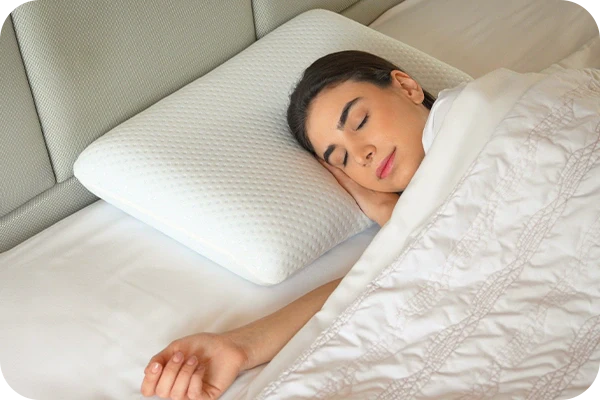
What Is Gel-Infused Memory Foam? Cooling Technology for Better Sleep
Gel-infused memory foam is an advanced material that enhances traditional memory foam by incorporating cooling gel beads or liquid gel particles. Designed to improve temperature regulation and airflow, this innovative foam delivers contouring comfort while reducing heat retention — a common drawback of conventional memory foam.
(more…) -
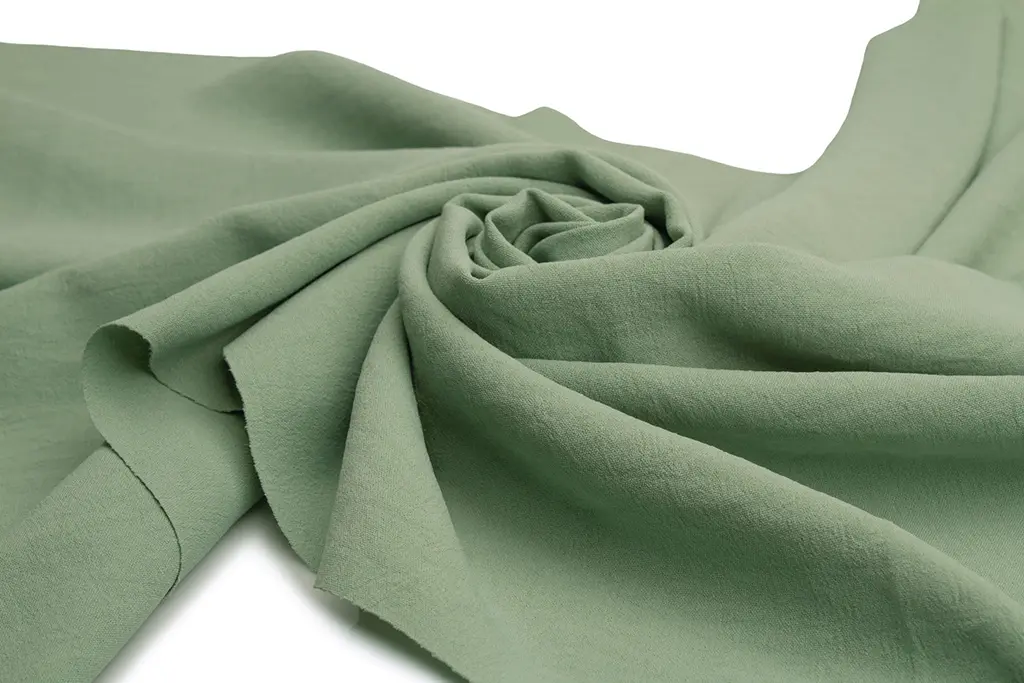
What Is Crepe Fabric? Texture, Types, and Applications in Fashion and Home Textiles
Crepe fabric is a lightweight to medium-weight textile known for its uniquely crinkled or pebbled surface. Elegant in appearance and soft in drape, crepe is widely used in both fashion design and interior textiles. Its distinct texture results from specialized weaving or chemical treatments, offering a refined look with excellent wearability.
(more…) -
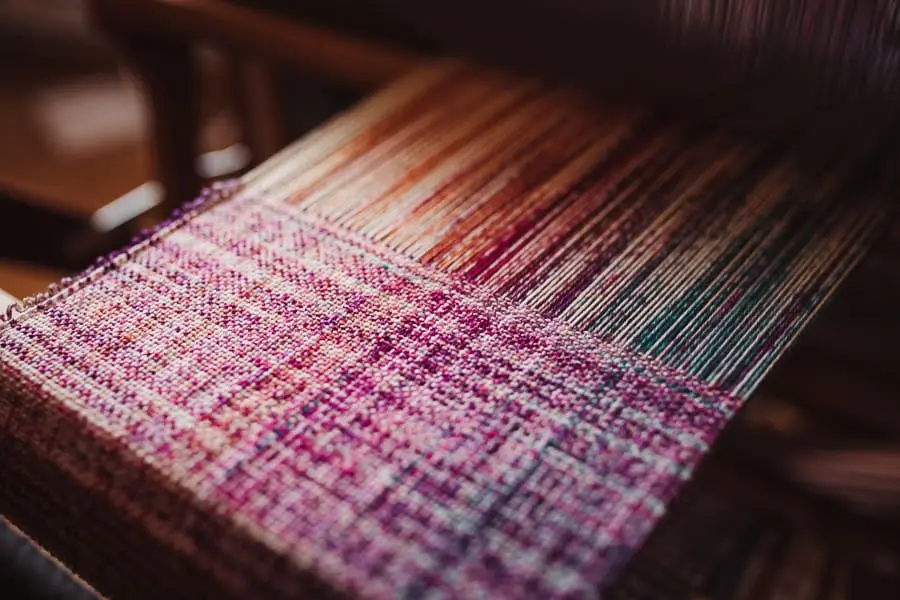
What Is Woven Fabric? Structure, Types, and Industrial Applications
Woven fabric is one of the most fundamental and widely used textile structures across industries—from fashion to home furnishings, automotive interiors to industrial filters. Recognized for its dimensional stability, versatility, and design flexibility, woven fabric plays a central role in the global textile supply chain.
In this article, we break down what woven fabric is, how it’s made, its key classifications, and where it’s used across commercial and consumer applications.
(more…) -
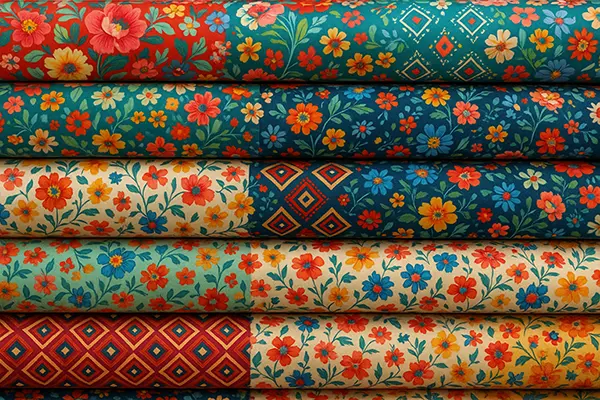
What Is Cretonne? A Durable and Decorative Fabric with Timeless Appeal
Cretonne is a medium-weight woven fabric known for its durability, vibrant prints, and versatility in home décor and interior textiles. Often used for curtains, upholstery, cushions, and bedding accessories, cretonne combines function and form—making it a staple material in both traditional and contemporary design schemes.
(more…) -
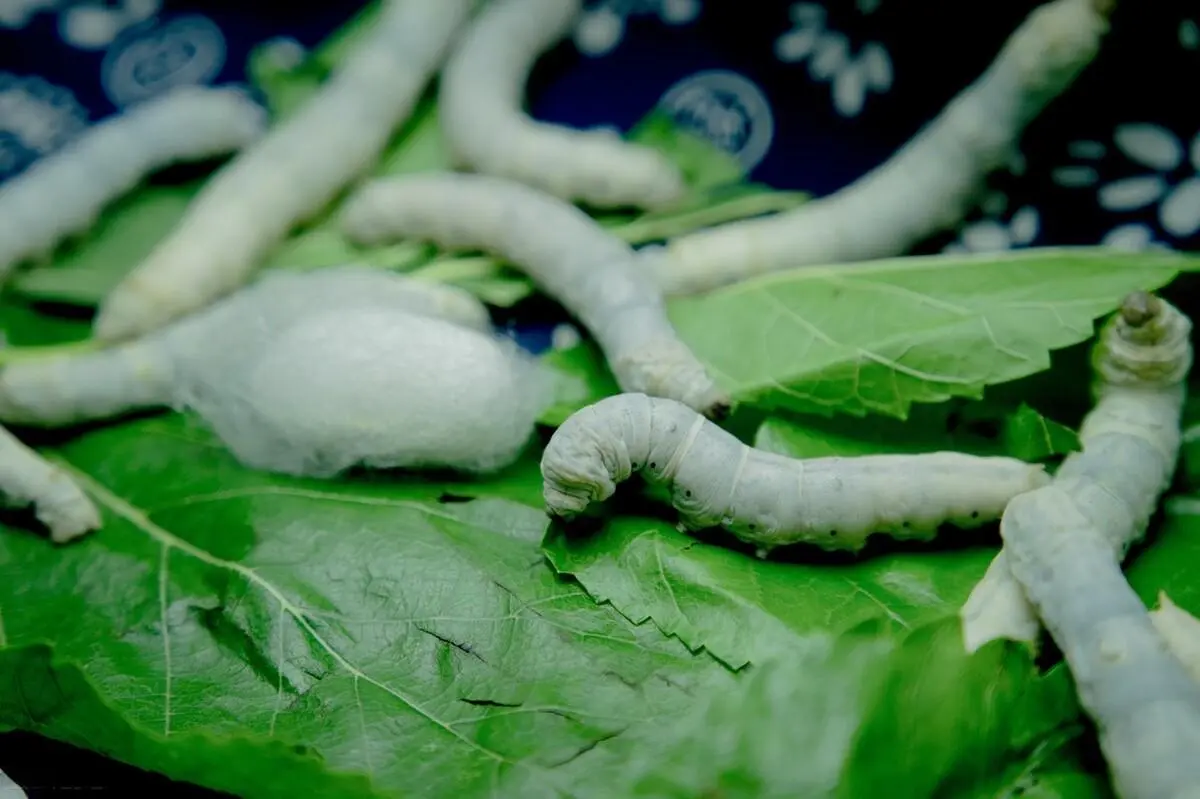
What Is Mulberry Silk? The Gold Standard of Natural Luxury
Among all natural fibers used in luxury textiles, mulberry silk stands out as the finest and most prized. Known for its unparalleled softness, strength, and natural sheen, mulberry silk is the preferred choice in premium bedding, apparel, and wellness textiles. But what exactly is mulberry silk—and what makes it different from other types of silk?
(more…) -

What Is Eiderdown? The Ultimate Luxury in Natural Insulation
In the world of premium bedding and natural insulation, few materials rival the performance, rarity, and prestige of eiderdown. Collected from the nests of the wild eider duck, this extraordinary down is prized for its exceptional warmth, featherlight weight, and natural sustainability.
But what exactly is eiderdown—and why is it often referred to as the world’s most luxurious down?
(more…) -
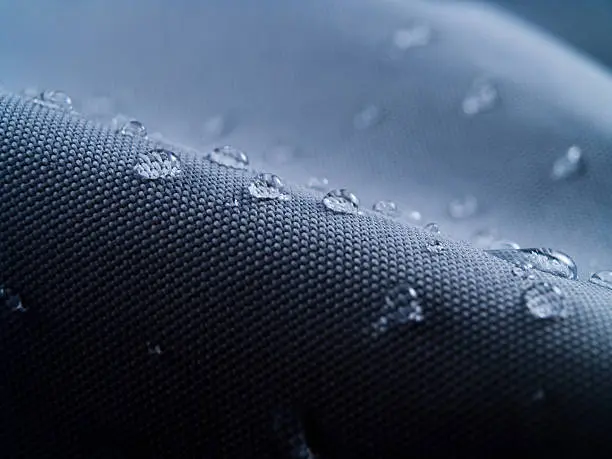
Is Polyester Stretchy? Understanding Its Elasticity and Textile Performance
Polyester is one of the most widely used synthetic fibers in the world, valued for its strength, durability, and cost-efficiency. But when it comes to flexibility and comfort, many people wonder: Is polyester stretchy? The answer is—yes, but with conditions.
This article breaks down how polyester behaves in terms of stretch, how it’s engineered for elasticity, and where stretchable polyester is commonly used—particularly in bedding, apparel, and functional textiles.
(more…) -

Crushed Velvet: A Shimmering Textile Marvel
Crushed velvet is a sumptuous, high-sheen fabric prized for its rich texture and dramatic light play. By intentionally distorting the pile direction, manufacturers create a multi-tonal surface that shimmers as you move. This unique “crushed” effect gives the material an opulent appearance, making it a favorite in fashion, interior design, and theatrical productions.
(more…) -
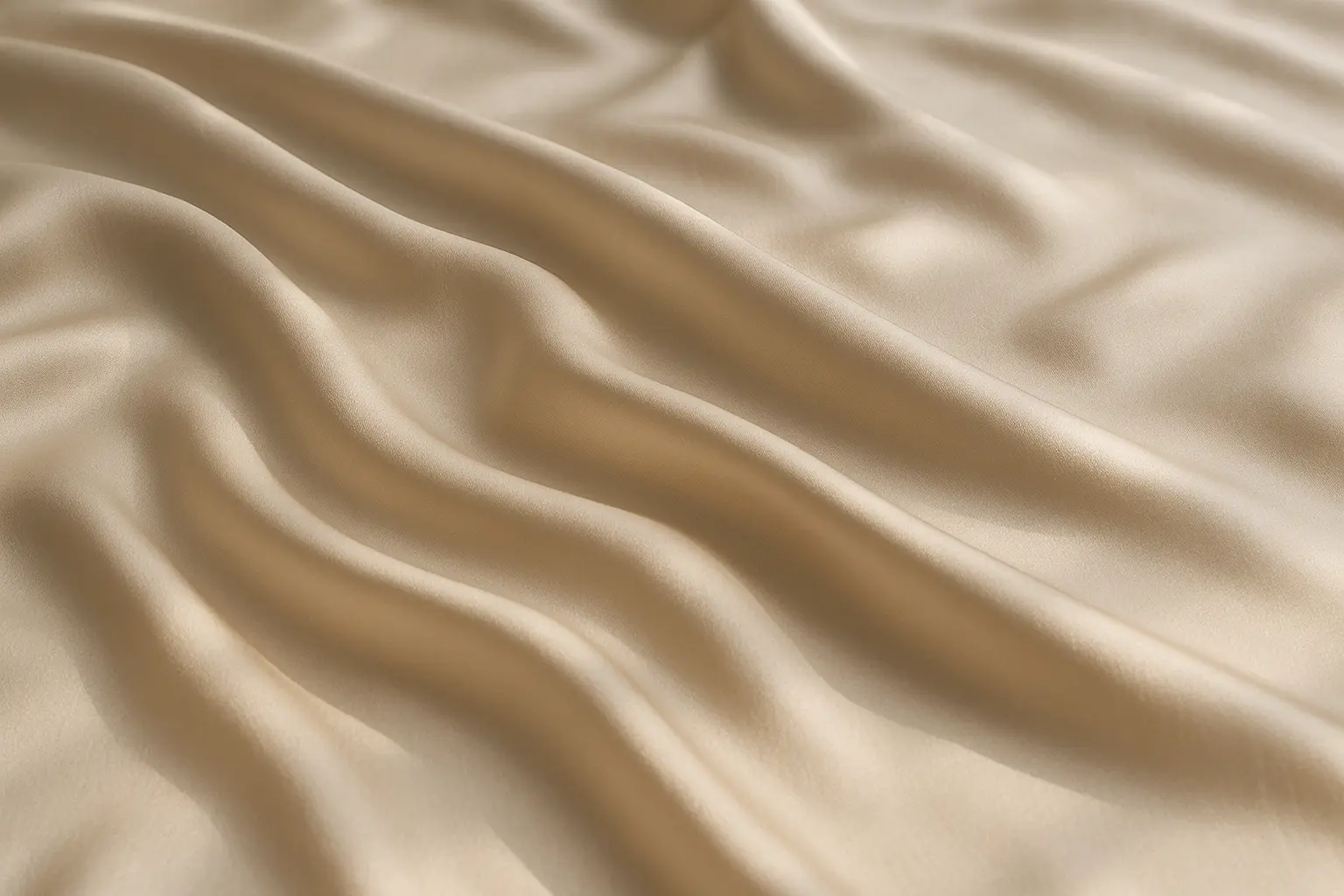
Rayon Material Explained: Soft, Breathable & Sustainable for Modern Textiles
Rayon is one of the most versatile and widely used fibers in the textile industry, particularly in bedding, fashion, and upholstery. Known for its silk-like softness, breathability, and affordable price, rayon plays a significant role in commercial and residential textile products alike.
This article explores the characteristics of rayon, how it’s made, and why it continues to be a go-to fabric for manufacturers, designers, and procurement teams in the home textile industry.
(more…)

